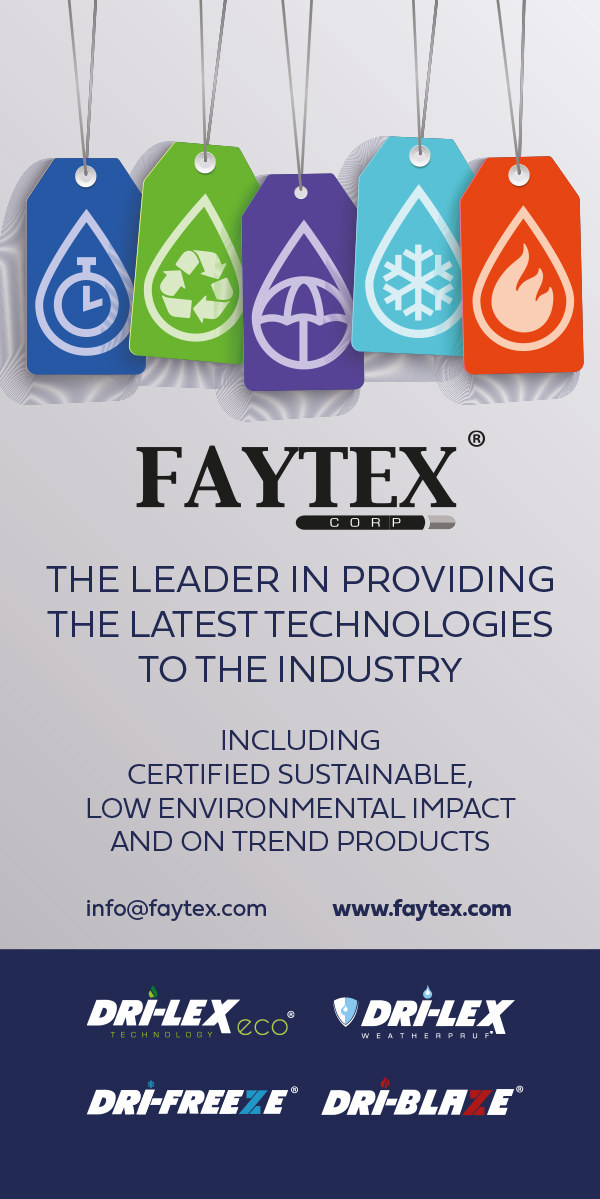A limitless source of raw material

Algae blooms have become a major environmental problem and their explosive growth can be linked to increasing global temperatures and rising pollution.
Their origins lie in pollutants such as fertilisers used in industrial farming running off the land, chemical discharge from industry and human sewage from a rapidly growing global population as well as a warming climate.
In the US, the problem originated in highly polluted lakes leading to blooms that spread as water was dumped into surrounding waterways to prevent flooding. The result has been an uncontrollable spread of these algae blooms which have had a devastating effect on local ecosystems, with marine life dying and local residents reporting breathing problems.
China has had a similar problem for more than 20 years on Lake Tai, in the Yangtze delta plain. It is the third largest fresh water lake in China and was once both picturesque and the main source of drinking water for millions of people. In 2007, however, two million of them were forced to go without this essential commodity due the severity of the algal bloom that had formed on the lake.
The cause of this catastrophe was intense industrialisation in the region in the late 1980s which resulted in up to 36 billion tons of wastewater being dumped into the lake each year. This resulted in a condition called eutrophication whereby nutrients such as nitrates and phosphates caused an algae bloom to form that removed oxygen and reduced water quality to such an extent that no organisms could live in it.
Discovering a new resource
They do say that every cloud has a silver lining and it appears that even something as pernicious as algae bloom does indeed have one. It can be used to make foams and rubbers that have many industrial applications, among which is footwear. In 2007, the same year that two million Chinese people were denied drinking water from Lake Tai, an American named Ryan Hunt began researching algae technology as a way of solving problems caused by environmental pollution. He believed that it might be possible to use algae to help remove the harmful levels of phosphorus and ammonia present in industrial and agricultural wastewater that was causing the problem.
After extensive research, he in fact discovered that this protein-rich algae biomass, when subjected to significant degrees of heat, pressure and time, underwent a process of plasticisation. Had he stumbled upon a new source of raw material that had industrial uses? Indeed, he had.
In 2010, he teamed up with Mike Van Drunen, an engineer and entrepreneur to co-found Algix, with the aim of harvesting algae as a means of cleaning the environment while, at the same time, providing algae-based sustainable materials. They spent two years developing a harvesting and drying system and refining an extrusion process to create a commercially viable operation.
In 2016, Bloom, an Algix brand, launched Bloom Foam, the world’s first algae-blended EVA to the footwear industry as a sustainable ingredient in flexible foams for high rebound applications. World Footwear first looked at the company in 2017 and, since then, it has partnered with a wide range of brands for products ranging from footwear to surfboards, helping them to create eco-conscious products that have a positive impact on the environment.
Harvesting and processing
Subsurface algae which forms the blooms lies about 15-20cm below the surface of the water which allows it to be sucked up by industrial-grade pumping units. It is squeezed to form a green ‘sludge’ which is then dried to produce crunchy flakes. These are further processed to create unique blends of powder which are mixed with various polymers to produce a variety of foamed materials or in pellet form, for injection processes. The algae biomass obtained by this harvesting provides the foundation for company's formulations.
Footwear products
Bloom Rise – (Bloom Foam has been renamed Bloom Rise). It is the company’s environmentally-conscious, high-performance replacement for petroleum-based EVAs. The company says that algae’s natural thermoplastic qualities allow Rise to meet and, in some cases, exceed the performance characteristics of conventional closed-cell flexible foams. It is described as being an algae-blended resin that contains a significant fraction of algae biomass and bio-based additives thus offsetting a significant portion of traditional EVA required for footwear foams.
It uses an ethylene vinyl-acetate (EVA) base resin combined with an algae biomass. This resin is ISO 14021 Certified and has a renewable content of at least 45%. It can be used for durable applications such as sheet foaming, injection foaming and sheet extrusion. It can also be used directly or as a master batch to be let down to required loading levels in the end product. Rise can be used where bio-content, flexibility, enhanced elongation and durability are required. It is recommended for use in IMEVA and CMEVA (injection moulded and compression moulded) applications.
Manufacturing the actual foam involves crushing the dried algae flakes down to a powder form and then extruding them into a chosen carrier resin to create an algae-plastic master batch (the actual details of this process are protected by patents). Conventional foaming techniques are then used to expand it into the final flexible foam.
Bloom Stride – this grade of resin uses a styrene butadiene styrene (SBS) base resin with an algae biomass and a renewable content of at least 45%. It is again ISO 14021 Certified and can be used for durable applications such as sheet foaming, injection foaming, sheet extrusion and injection moulding. It can also be used directly or as a master batch to be let down to desired loading levels in the final product. It can be used for applications where bio-content, flexibility, enhanced elongation and durabilitry are required. It is recommended for use in TPR outsole moulding applications for casual footwear.
Bloom Spring – this grade of resin uses thermoplastic olefin (TPO) with an algae biomass and a renewable content again of at least 45%. Also ISO 14021 Certified, it can be used for durable applications such as sheet foaming, injection foaming and sheet extrusion. It again can be used directly or as a master batch to let down to desired loading levels in the end product. Spring can be used for applications where bio-content, flexibility, enhanced elongation and durability are called for. It is recommended for use in IMEVA and CMEVA footwear applications.
Bloom Ascend Rubber – this is a slightly different type of material from the three preceding foam products in that it is a seaweed-blended rubber using harvested sargassum that washes up on beaches. This again leads to blooms that, in the same way as on inland waters, emit toxic fumes and greenhouse gases as they decompose. This can have a serious impact on tourism, local industry and fishing as well as on human health and coastal ecology. It is produced as a master batch that is dark green to brown in colour with a 33% algae content for use in rubber soling applications.
Overview
Algae is the fastest growing photosynthetic organism on the planet. It can double in size in less than 24 hours, which is what makes it such an ecological menace. This staggering rate of growth also makes it one of earth’s most renewable resources. Since its launch in 2016, Bloom has come a long way. It now works with over 100 brand partners, has cleaned over 1 billion litres of water and captured over 1 million kilograms of CO2. The company also says that its foam products can be recycled although, as in most recycling processes, a reduction in physical properties and performance will occur. A product that helps clean up the world and, at the same time, provides a limitless source of raw material has to be a win-win for everyone.
Highly polluted Lake Tai in China was once a major source of drinking water and provides a classic example of the threat that algae blooms can pose.
All credits: BLOOM












